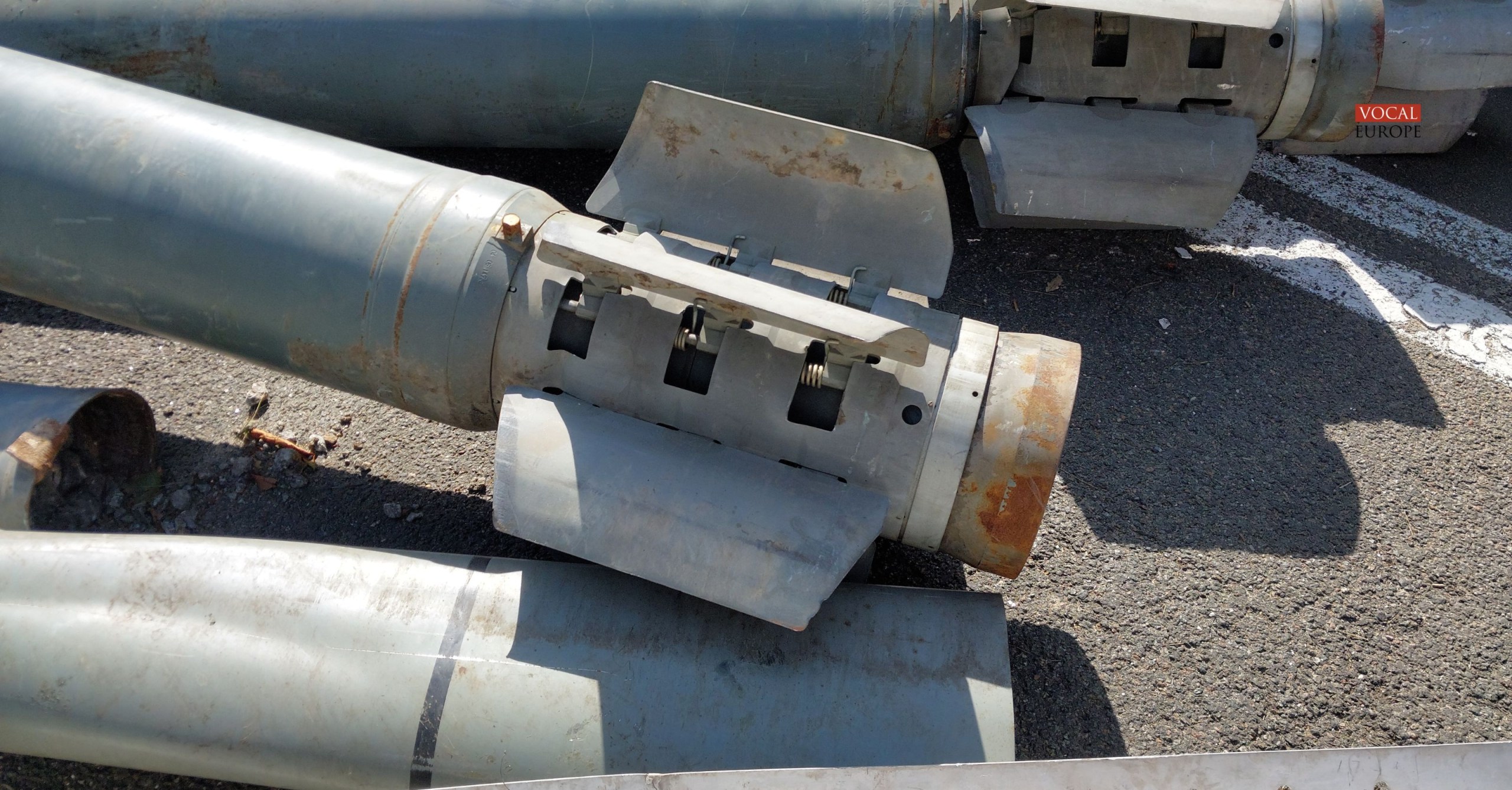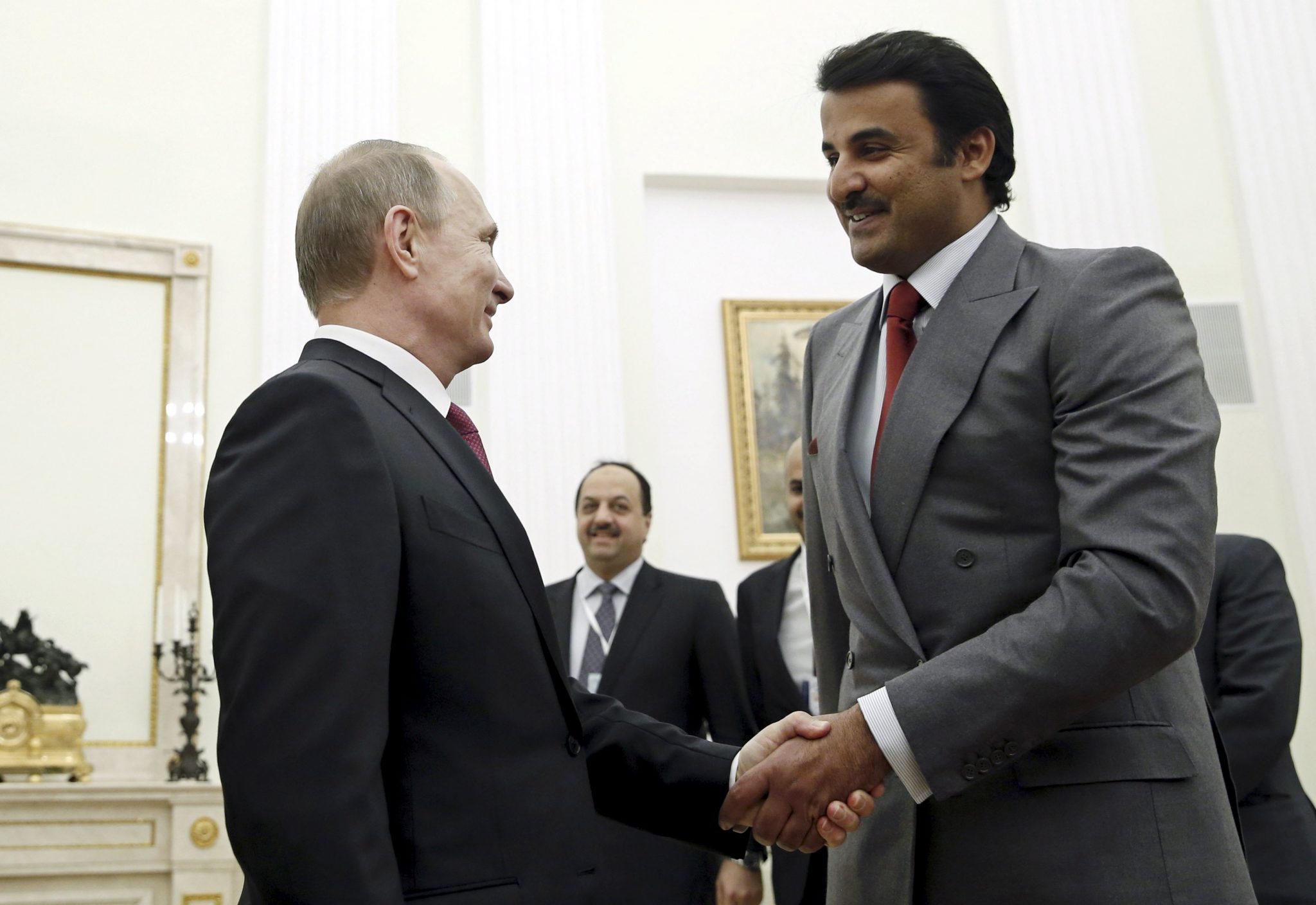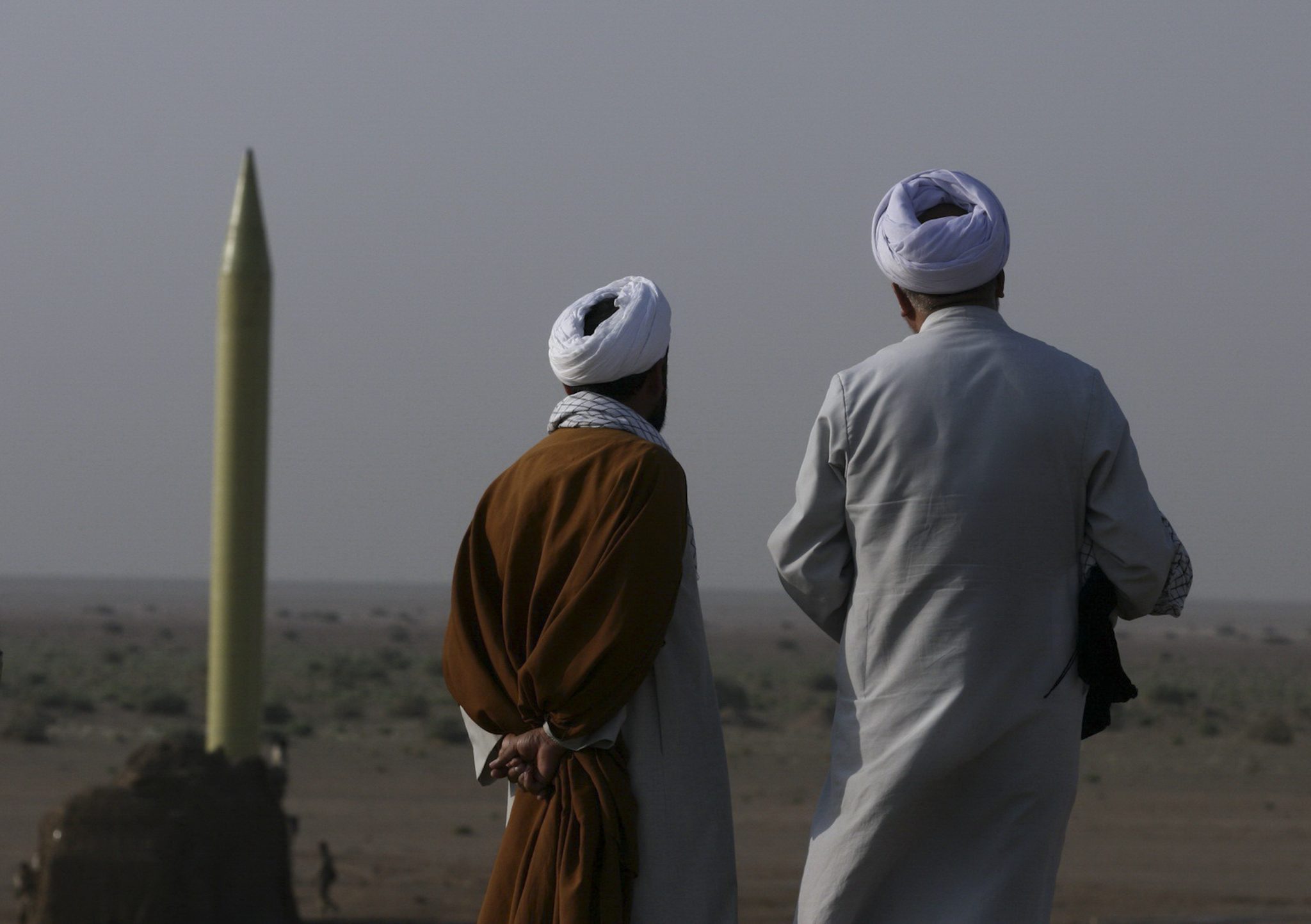
Even if it is still an issue, the idea of a Free Zone in the Middle East has a long history. Since the beginning, the ambitious initiative has encountered numerous obstacles.[1] The wider Middle Eastern region is a sensitive geopolitical area, defined by structural instability and crises. Furthermore, it is definitely a conflict-prone region, in which there are deep-rooted tensions with repercussions also beyond the blurred Middle Eastern borders.
In this regard, it is essential to define the Middle East as a distinct geographical area, since there is no proper and unique definition of the region.[2] In particular, when referring to the Free Zone – whether limited to nuclear weapons or broadened to all kinds of weapons of mass destruction –, the Middle East is intended as a wider region that includes also the North Africa. In fact, the Free Zone project comprises states from the Maghreb to the Mashrek, including all the Arab League countries[3], Iran and Israel[4].
For the entire Policy Paper
________________________
[1]Tomisha Bino, James Revill and Chen Zak (eds.), Perspectives, Drivers, and Objectives for the Middle East WMD-Free Zone: Voices from the Region, UNIDIR, Geneva, 2022, p. 9.
[2]Erzsébet N. Rózsa, Weapons of Mass Destruction in The Middle East and North Africa, Menara Working Papers No. 24., November 2018, p. 10.
[3]Arab League States Parties: Algeria, Bahrain, Comoros, Djibouti, Egypt, Iraq, Jordan, Kuwait, Lebanon, Libya, Mauritania, Morocco, Oman, Palestine, Qatar, Saudi Arabia, Somalia, Sudan, Syria, Tunisia, the United Arab Emirates and Yemen. European External Action Service, League of Arab States (LAS), August 2021, https://www.eeas.europa.eu/eeas/league-arab-states-las_en (accessed December 2022)
[4]Countries included in the Free Zone project: Algeria, Bahrain, Comoros, Djibouti, Egypt, Iraq, Iran, Israel, Jordan, Kuwait, Lebanon, Libya, Mauritania, Morocco, Oman, Palestine, Qatar, Saudi Arabia, Somalia, Sudan, Syria, Tunisia, the United Arab Emirates and Yemen.



